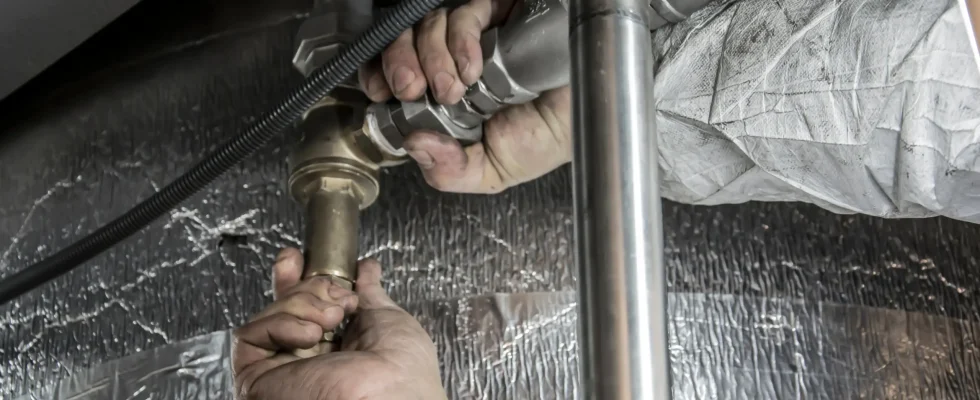Simple Plumbing Repairs You Can Do Yourself
Some plumbing issues are small enough that homeowners can safely and effectively fix them on their own. A common example is a dripping faucet. Often, this is caused by a worn-out washer or seal. With a wrench and a replacement part from your local hardware store, you can stop the drip and save money on your water bill.
Another common fix is a running toilet. In many cases, the problem is caused by a broken flapper or a faulty float mechanism inside the tank. These parts are easy to replace without any plumbing experience, and doing so can prevent water waste and reduce your monthly bill.
Unclogging a slow drain is also a task most homeowners can handle. Using a plunger or a manual drain snake can clear minor blockages caused by hair, grease, or soap buildup. Just be careful not to use harsh chemical drain cleaners, as they can damage your pipes over time, especially if used repeatedly.
These do-it-yourself repairs can be handled quickly and at low cost, but only when the problem is small and easy to identify. For anything more serious, it’s usually better to get professional help.
When You Should Call a Licensed Plumber
Knowing when to call a plumber can save you from costly mistakes. If you have no water coming from your taps, if water is backing up into sinks or bathtubs, or if your water heater stops working, these are signs of deeper problems that require professional knowledge.
Sewer line backups, burst pipes, and water leaks inside walls are serious issues that go beyond what most people can safely fix on their own. Trying to repair these problems without the right tools or training can lead to more damage and expensive repairs. In some cases, it could even violate local plumbing codes or void your home insurance coverage.
You should also call a plumber if your DIY fix doesn’t work or if the problem keeps coming back. Recurring clogs, low water pressure, and ongoing leaks often mean there is a larger issue within your plumbing system that needs expert attention.
Plumbers can also inspect your pipes using video equipment to see inside the system and locate the exact cause of the problem. This saves time, avoids unnecessary digging or tearing into walls, and ensures the issue is fixed at its source.
What Happens If You Wait Too Long
Delaying a plumbing repair can quickly turn a small issue into a big headache. A tiny leak today can cause mold, warped flooring, and rotted wood tomorrow. Water damage spreads fast, especially when it goes unnoticed behind walls or under floors.
If a drain backs up and overflows, it can cause damage to your cabinets, flooring, and nearby electrical outlets. In the worst cases, it can even lead to structural problems or require mold remediation. The cost to fix the water damage can easily become much higher than the original plumbing repair.
That’s why it’s important to act quickly and make the right call—try the easy fix if you can, but don’t wait too long to get a professional involved when the problem is too big or too complex.
Know Your Limits with Common Plumbing Problems
There are plenty of plumbing tasks homeowners can handle themselves, like fixing a leaky faucet or unclogging a drain. These quick fixes can save you time and money. But knowing your limits is just as important.
When plumbing problems are severe, ongoing, or hidden behind walls, it’s time to call in a professional plumber. And if water damage has already occurred, bringing in a water restoration company will ensure your home is dried properly and protected from mold and structural issues.
Fix what you can—but don’t wait too long to call for help. Acting quickly and knowing when to bring in an expert is the best way to keep your plumbing system working and your property safe.


